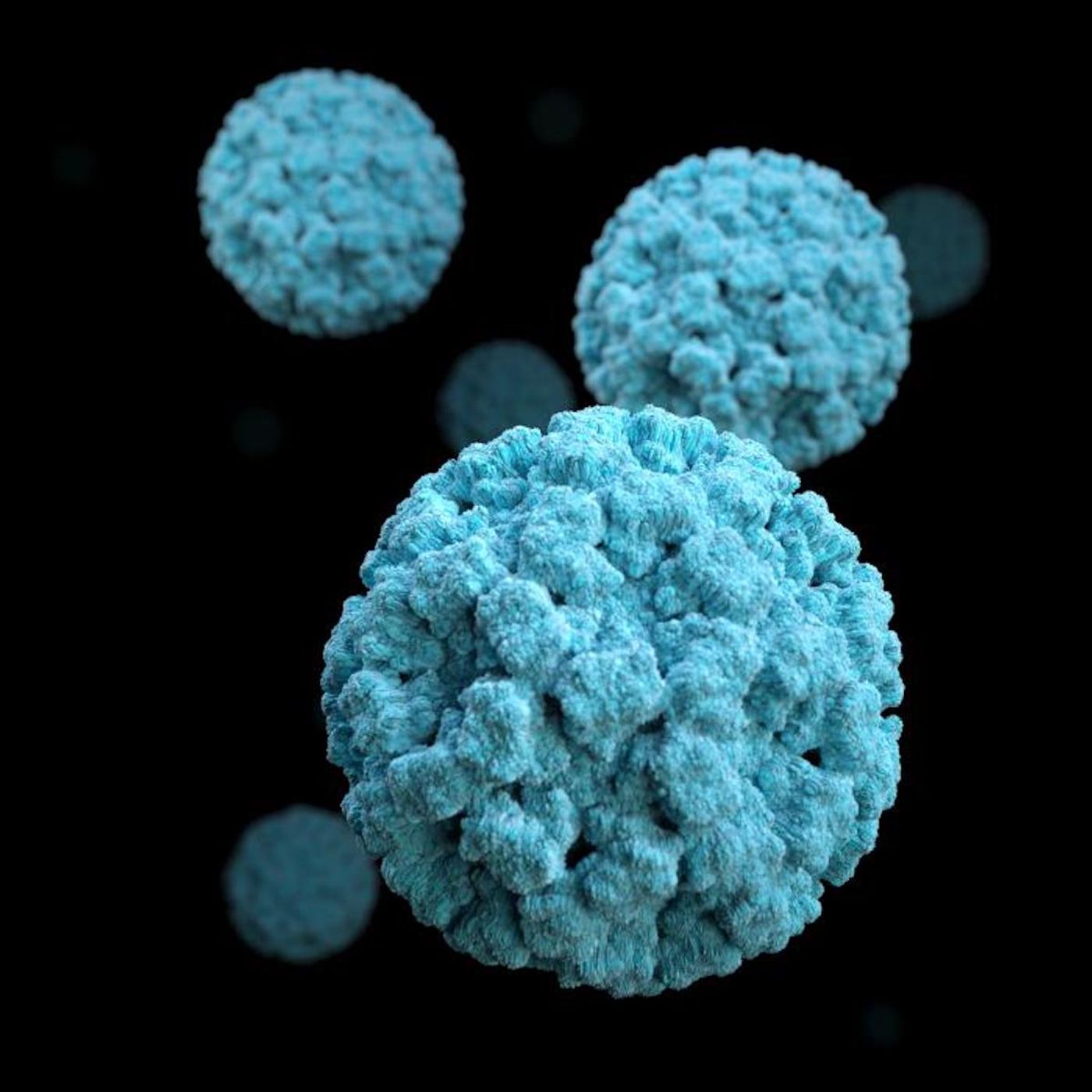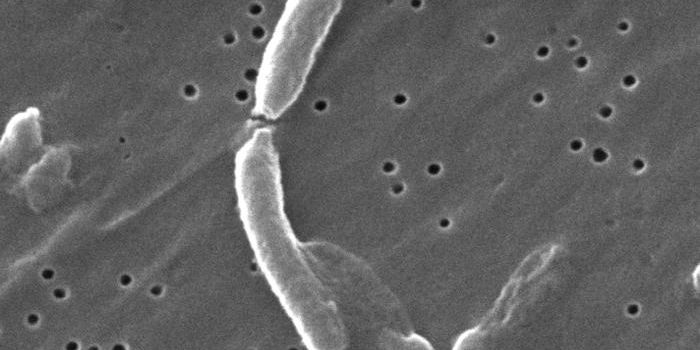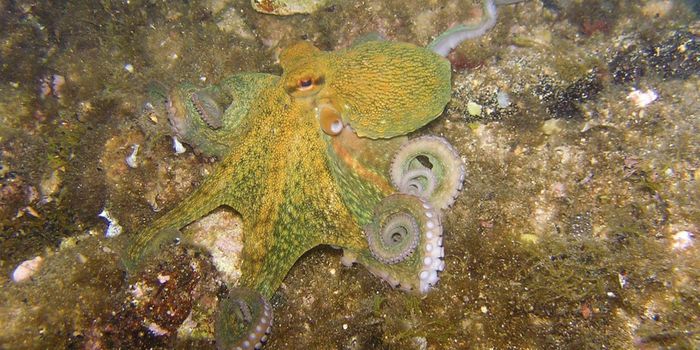Highly Contagious Stomach Viruses may Spread Through Saliva
Norovirus is a name for a group of viruses that causes stomach distress, like severe vomiting and diarrhea. The infection is well known because it often strikes cruise ships, and it's highly contagious. Norovirus is known to spread through contaminated food and drink, and fomites, surfaces that that have been contaminated by the virus and are then touched by others, who then touch their faces. New research using a mouse model has also indicated that norovirus can infect salivary glands and spread through saliva. This is a new route of transmission for the illness, which impacts billions of people every year around the world. Although the research needs to be confirmed in humans, it suggests that these viruses are also spreading through talking, coughing, sneezing, and sharing utensils. The findings, which could also help reduce norovirus transmission with better mitigation efforts, have been reported in Nature.
It had been thought that these so-called enteric viruses entered the body and moved to the intestines, infecting cells there and contaminating feces. It was assumed that any contaminated fecal matter that then got into food or onto a surface would further sicken people. But researchers have wondered whether this highly infectious illness was spreading in other ways. Now, that theory has been examined, and has shown that the viruses probably do have another transmission vector.
The researchers noted that if the findings hold true for people, they will help explain why so many enteric virus infections occur; there is more than one route, and ways that are far more common than fecal contamination.
"This is completely new territory because these viruses were thought to only grow in the intestines. Salivary transmission of enteric viruses is another layer of transmission we didn't know about," noted senior study author Nihal Altan-Bonnet, Ph.D., chief of the Laboratory of Host-Pathogen Dynamics at the NHLBI. This research opens up " an entirely new way of thinking about .. " the transmission, diagnosis and prevention of these viruses.
In this study, the researchers exposed newborn mice to norovirus or rotavirus, then returned these mice to their uninfected moms. After one day, the mouse pups showed signs of infection; their levels of an immune molecule - IgA antibodies were increasing. The researchers were surprised by that immune activity since it was thought that mice under ten days of age could not generate their own antibodies.
But then the researchers found that the viruses were also present in the breast tissue of the mother mice. The mothers were producing IgA antibodies, and releasing it in their breast milk, which the mouse pups consumed. Ultimately, the IgA from moms helped clear the pups of infection.
Further work showed that the viruses in the mouse mother breast tissue had not come from contaminated feces. When saliva and salivary glands were tested, the researchers found high levels of virus in the glands, releasing large amounts of virus into saliva. There was confirmed mother-to-pup and pup-to-mother transmission of the virus.
Sources: National Institutes of Health, Nature









